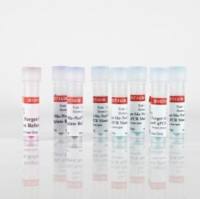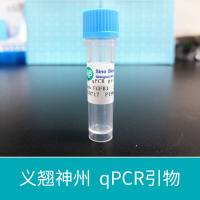Use of Fimers to Eliminate Polymerase Chain Reaction and Primer-Dimer Artifacts and to Increase Yield in BAC-Sequencing Reactions
互联网
558
Specificity of primer-based amplification reactions depends on the specificity of primer hybridization. Ideally, under the elevated temperatures used in a typical amplification, the primers should hybridize only to the target sequence. However, there is a relatively narrow range of conditions (temperature, concentrations of ions and denaturing agents) for specific annealing of an oligonucleotide to its complementary target, and often it does not coincide with other requirements of the cycle-sequencing reaction. The discrimination between specific and nonspecific hybridization is most challenging when DNA template is bacterial artificial chromosome (BAC), P1-derived artificial chromosome, yeast artificial chromosome, or other long DNA with a large number of potential nonspecific priming sites. A similar situation occurs when DNA contains perfect or nonperfect repeats. As a result, amplification of nonspecific primer extension products can compete with amplification of the desired target sequences and can significantly decrease the efficiency of the amplification of the desired sequence (1 ).



![BioSIM 人 ollistatin fragment dimer Fc 融合蛋白 (依米特安α),生物类似药,科研用途 [ CAS: 644543-31-6] 5mg](https://img1.dxycdn.com/p/s14/2025/1109/337/8404950979567947891.jpg!wh200)




